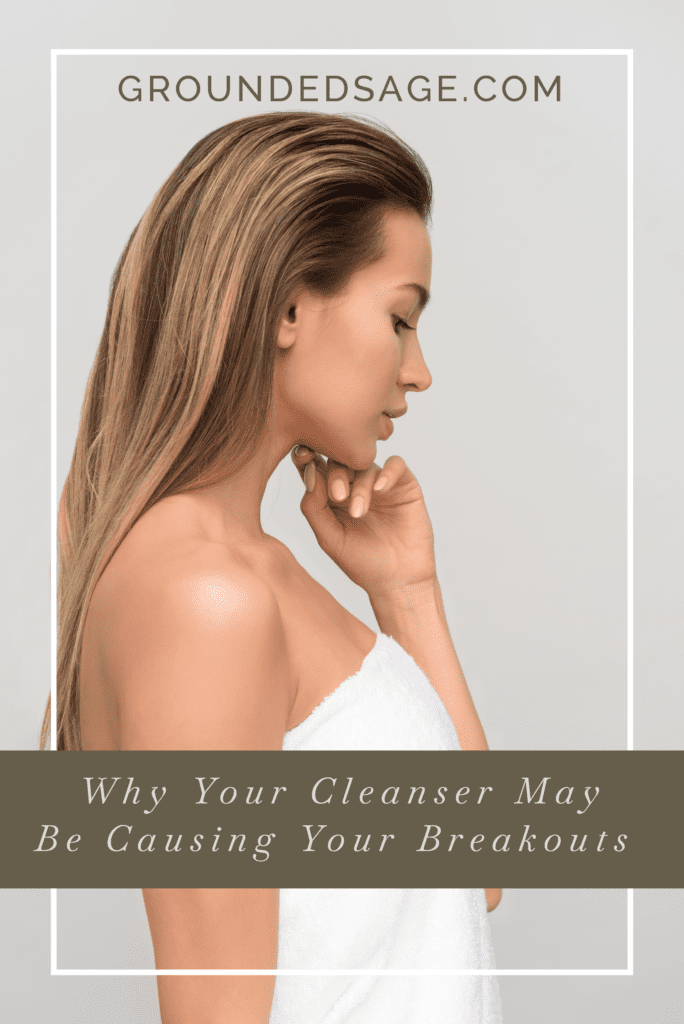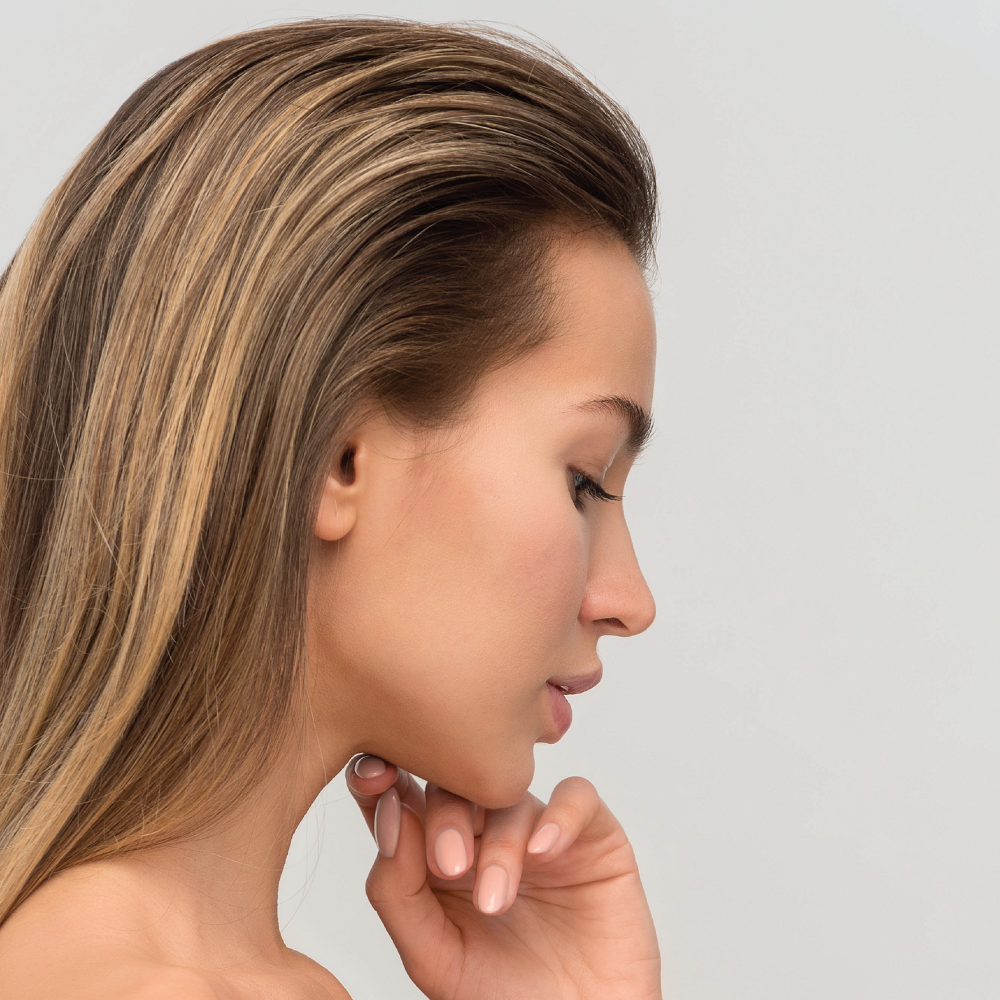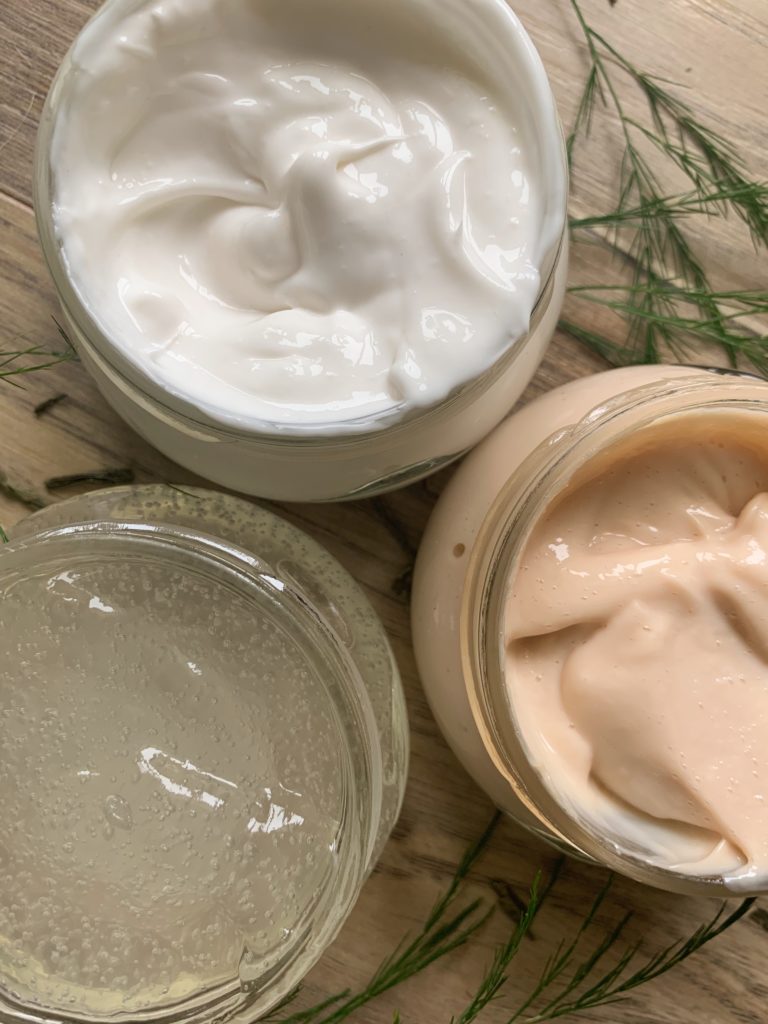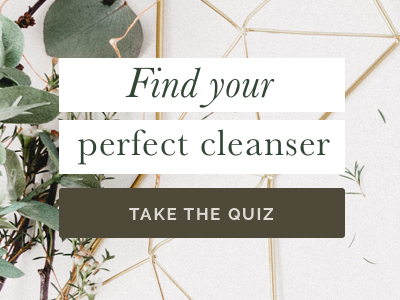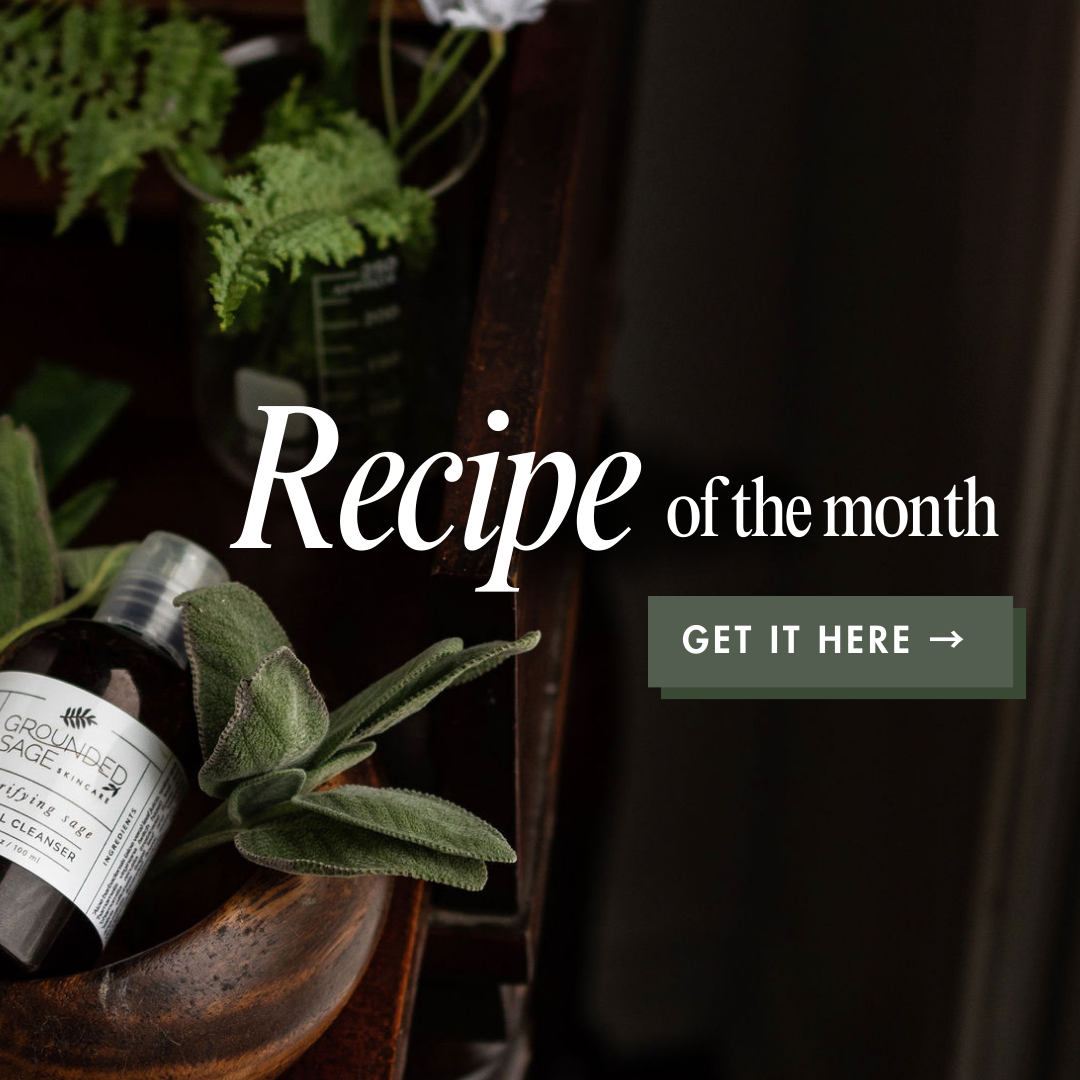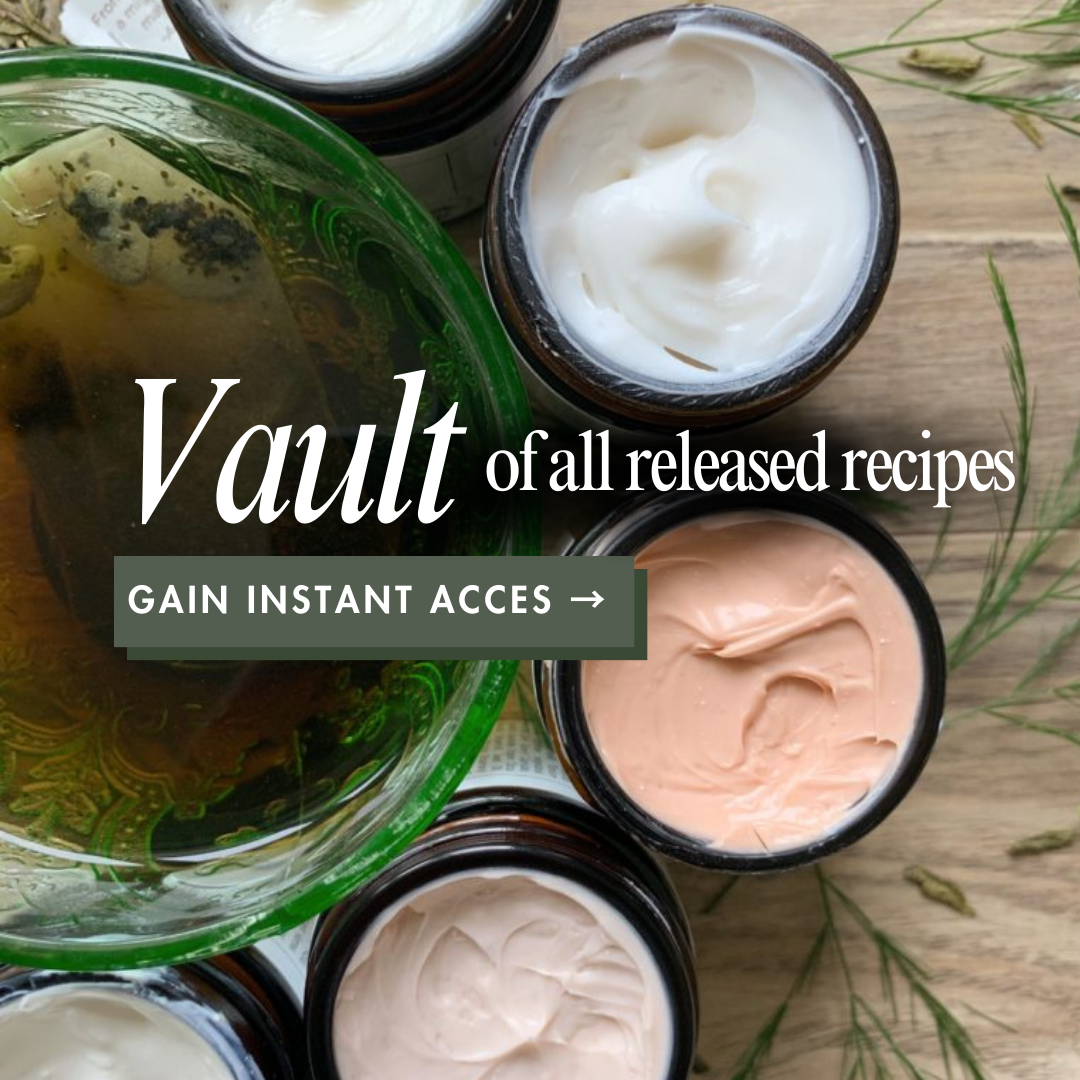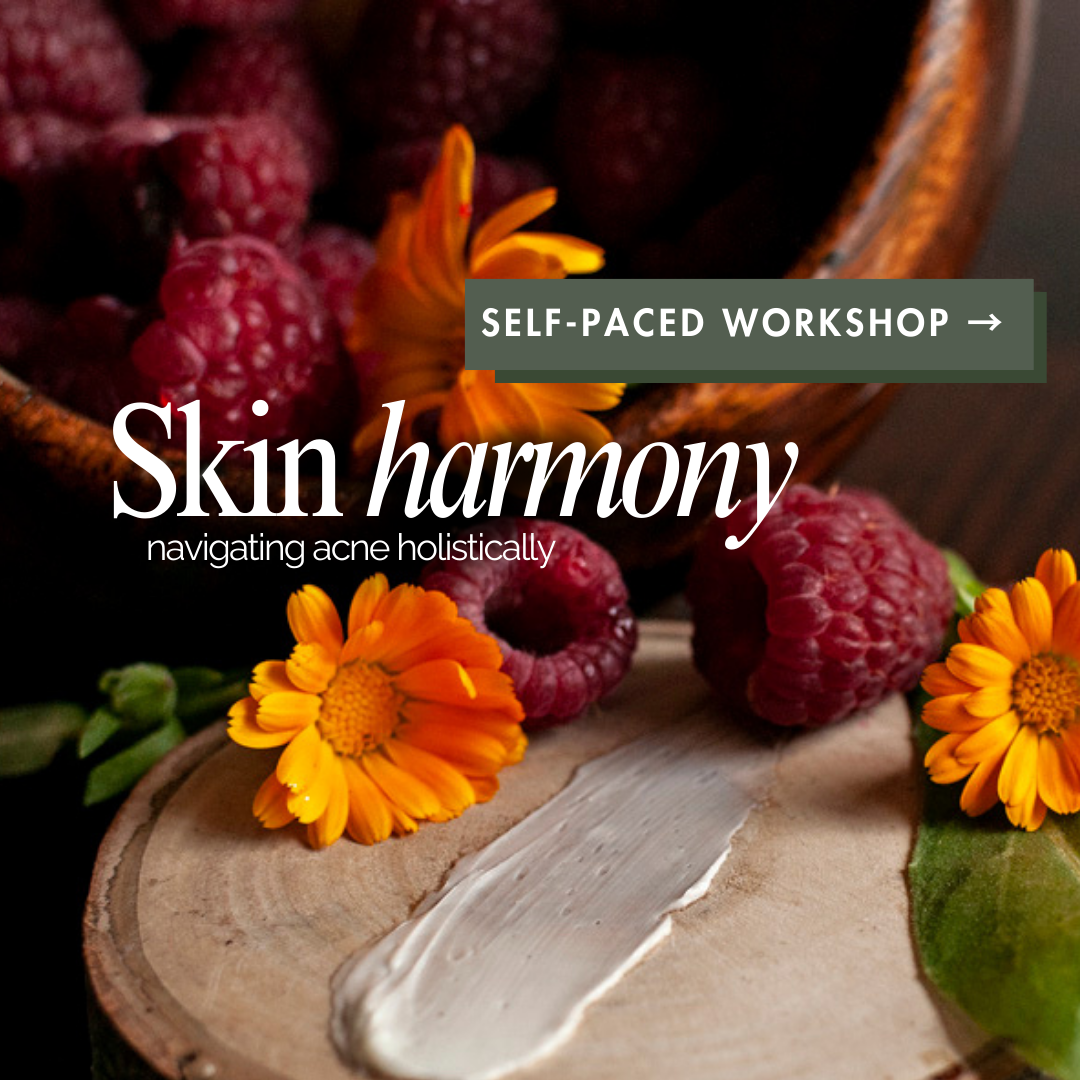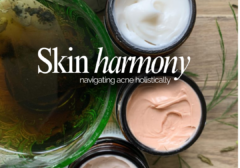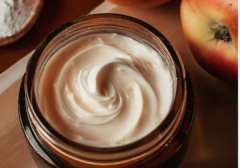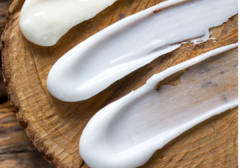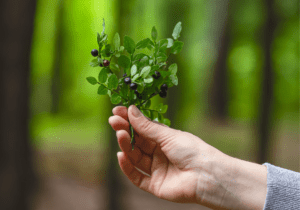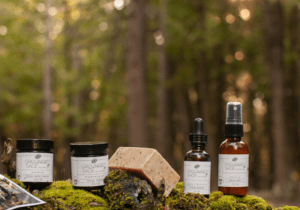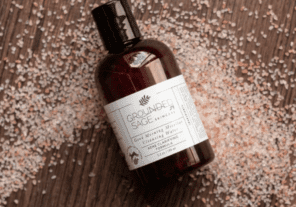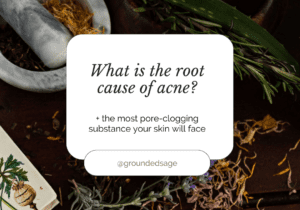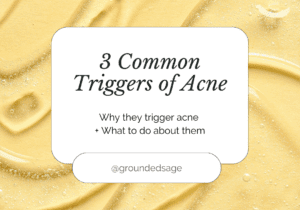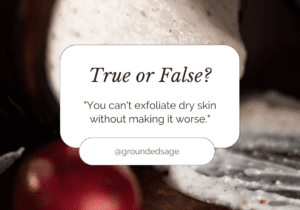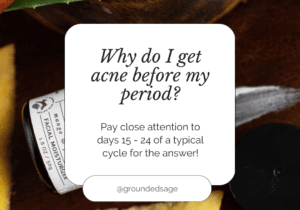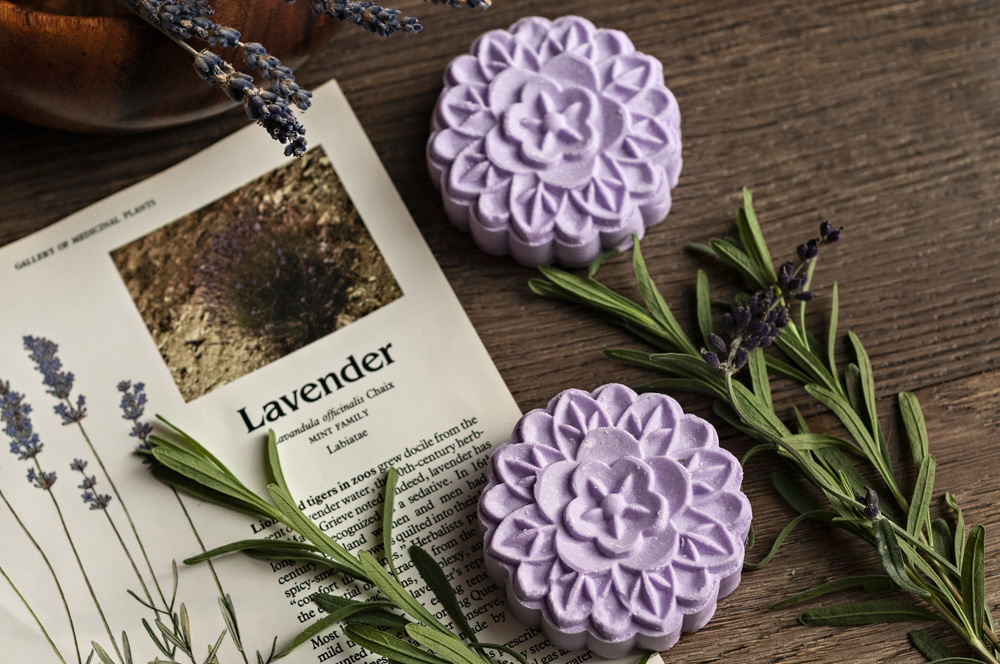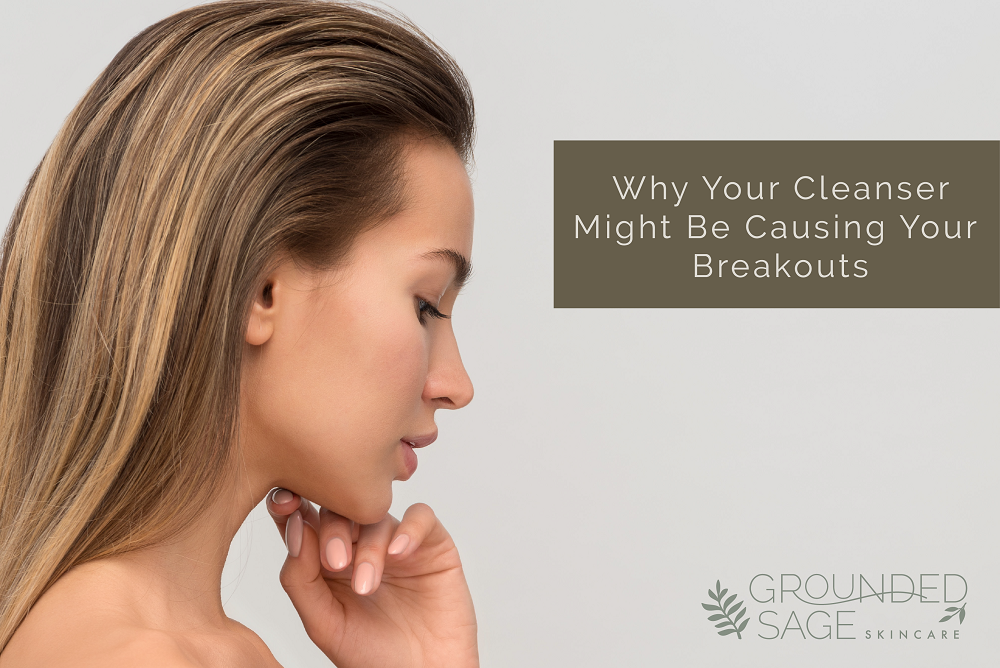
Although cleansing skin daily is an important part of any anti-acne routine, many cleansers are also the problem! Today I’m going to show you just what I mean.
The popular belief with acne cleansers is that they need to remove every spec of oil from the skin… in essence, stripping the skin of any oil.. which may sound good at first since oily skin is a perfect environment for bacteria to grow, BUT, stripping the skin is actually detrimental to the skin’s health. In fact, stripping the skin contributes to acne breakouts and blackheads! That’s why it’s super important to ensure you’re not stripping your skin every time you clean your face.
What actually happens when the skin is stripped?
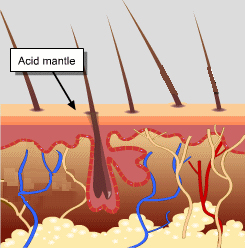 So why is skin-stripping so bad? Stripping diminishes the skin’s acid mantle. The reason this is a problem is that the acid mantle provides a barrier against bacteria (a major cause of acne! Read about that here). The more the acid mantle is diminished, the more the skin is prone to infection and oil imbalance (another major cause of acne! Read about that here). So as you can see, stripping alone can bring about two major causes of acne! You will also be encouraging your skin to become OILIER! The reason being that the skin reacts to stripping by producing more oil (sebum) in an attempt to rebuild the barrier. So to recap, skin-stripping brings on: acne, infection, and oil.
So why is skin-stripping so bad? Stripping diminishes the skin’s acid mantle. The reason this is a problem is that the acid mantle provides a barrier against bacteria (a major cause of acne! Read about that here). The more the acid mantle is diminished, the more the skin is prone to infection and oil imbalance (another major cause of acne! Read about that here). So as you can see, stripping alone can bring about two major causes of acne! You will also be encouraging your skin to become OILIER! The reason being that the skin reacts to stripping by producing more oil (sebum) in an attempt to rebuild the barrier. So to recap, skin-stripping brings on: acne, infection, and oil.
How can you make sure you’re not stripping your skin?
It’s all about the ingredients, baby! Picking a gentle, mild cleanser that is right for your skin can seem like a challenge, but it doesn’t have to be!
Start by making sure the product passes the ingredient test (keeping reading for that!), and end by picking a product that not only passes the ingredient test but is also safe for any skin conditions you’re concerned about (meaning it won’t make them worse), and is in a “format” that you prefer (i.e. scrub, bar, liquid, etc).
The ingredient test

First and foremost, if you’re not using a clean and green cleanser, there’s an extremely high probability that you’re stripping your skin because the majority of non-green cleansers are actually made with harsh detergents! Boo!
Secondly… even if you’re using a cleanser that claims to be ‘natural’, doesn’t mean it’s a 100% clean or that it’s mild (even green cleansers can be harsh on our skin if they are made with ingredients that shouldn’t be used daily.. or at all)!
So go grab your cleanser and check the ingredient list against this list of ingredients to avoid:
Benzoyl Peroxide
- will show up on ingredient lists as one of the following:
- dibenzoyl peroxide, peroxide, dibenzoyl, acnegel, aztec bpo, benzoperoxide, benzoyl peroxide (acgih:osha), benzoylperoxyde, bzf-60, cadat bpo
Salicylic Acid
- will show up on ingredient lists as one of the following:
- 2-hydroxy – benzoic acide, 2-hydroxybenzoic acid, benzoic acid, 2hydroxy, o-carboxyphenol acid, phenol-2-carboxylic acid, acido o-idrossibenzoico, etc
Sulfur
- will show up on ingredient lists as “sulfur” or as “sulfur” in combination with other words such as colloidal sulfur, flowers of sulfur, etc
Sulfates
- will show up on ingredient lists as one of the following:
- sodium laureth sulfate (SLES), sodium lauryl sulfate (SLS), ammonium laureth sulfate (SLES), ammonium lauryl sulfate (ALS), tea lauryeth sulfate (TEA), sodium myreth sulphate, cocamidopropyl betaine (there’s a TON of different names this one can be listed as. see a list of most of them here), “sulfate” listed in combination with other words.
- Also, check all ingredients that include “sodium” in their listings – this is where some green cleansers can go wrong by picking an ingredient they think is clean when it’s not (or it was once a green ingredient but was then mixed with chemicals or hormone-disrupting preservatives). – Also, see the note below…
- note: if “sodium hydroxide” is listed, this ingredient refers to lye. Lye is what turns oils (and butters if they are in the recipe) into soap. Many green cleansers (including most of mine) will use lye unless it’s a soap-free formula. You only need to worry about this if you don’t trust the soap maker/artisan to give the cleanser/soap adequate time to cure. By this I mean they give the formula enough time for the lye to turn the other ingredients into soap. Once this process is complete, no lye is left in the final product (it is completely consumed during the process). Most will let their cleansers/soaps cure for 4 – 6 weeks (this is the recommended time). However, I let mine cure for 12 weeks to ensure they’re as mild as possible.
Polyethylene Glycol and other drying glycols
- will show up on ingredient lists as one of the following:
- polyethylene glycol, PEG, PEG-(plus a number) such as PEG-7, polyethylene (alone or in combination with another word or number), polyoxyethylene, butylene glycol, 1,3-butanediol, 1,3-butylene glycol, 1,3-dihydroxybutane, 3-hydroxy-1-butanol
Isopropyl Alcohol and other drying alcohols
- will show up on the ingredient list as one of the following:
- isopropyl alcohol, 1-methylethanol, 1-methylethyl alcohol, 2-hydroxypropane, 2-hydroxypropane alcohol, 2-propanol, isopropanol, propan-2-ol, sec-propyl alcohol, sd alcohol 40, sd-40, ethyl alcohol, alcohol, absolute ethanol, distilled spirits, ethanol, undenatured (or as: undenatured ethanol), ethyl hydroxide, alcohol dehydrated, alcohol, anhydrous, benzyl alcohol, a-toluenol, benzenemthanol, benzylic alcohol, phenylcarbinol, phenymethanol, phenymethyl alchohol, alpha-hydroxytoluene, alpha-toluenol, benzal alchohol, benenemthanol, diethanolamine (DEA)
Glycolic Acid
- will show up on the ingredient list as one of the following:
- acetic acid, acetic acid, hydroxy- (plus additional words .. in any order.. such as “glycolic alpha-hydroxy acid”.. or as the start of a word such as “hydroxyacetic acid”), glycollic acid, hydroxy-acetic acid, etc
If you looked at the ingredient list and didn’t find any of the ingredients above, don’t stop there! If you did find a bunch of ingredients that you have no idea what they are, Google them! You can also check them in the Skin Deep Database.
Note: I only listed the most common skin-stripping ingredients. There are a lot of harmful ingredients I didn’t include on this list if they didn’t fit them into the “skin-stripping” category. There will also be lots of skin-stripping ingredients that aren’t as common that aren’t listed here.
Non-stripping cleansers…
… are just one of my specialties! In fact, my specialty is formulating gentle, clean, and healing skin care. If your cleanser didn’t pass the test because it contained one of the ingredients above, I’ve got your back! You may also find your skin feels tight/dry after cleansing OR you can’t get your oily skin under control. I have several facial cleansers in my skincare line and none of them will strip your skin – guaranteed! (pst, my soap bars are also mild and non-stripping! No stripping allowed in our skincare line).
The Best Natural Face Wash For Your Skin
Need a little help picking which one is right for you?
We’ve got a quick quiz to help you narrow it down! You’ll find the quiz right here.
Want to learn more about the common triggers and causes of acne? No problem! I’ve got the info you need right here.
With love & radiance,
![]()
Pin this article for later:
